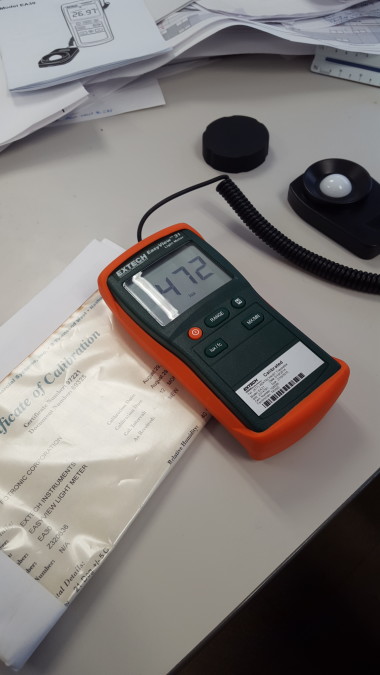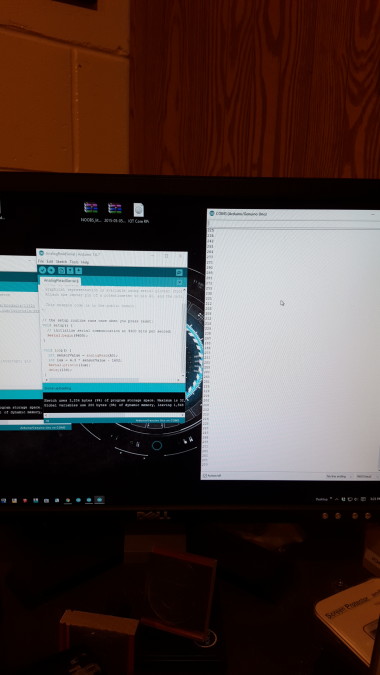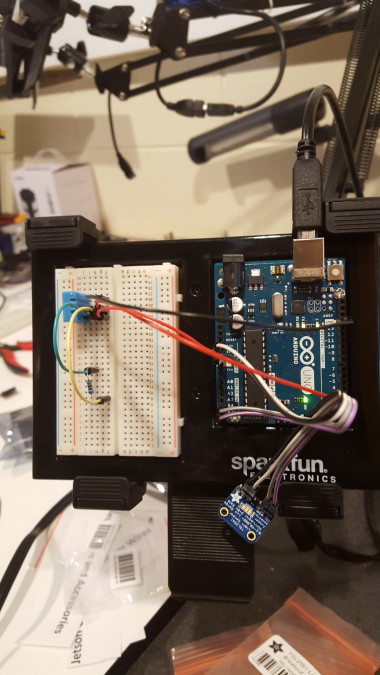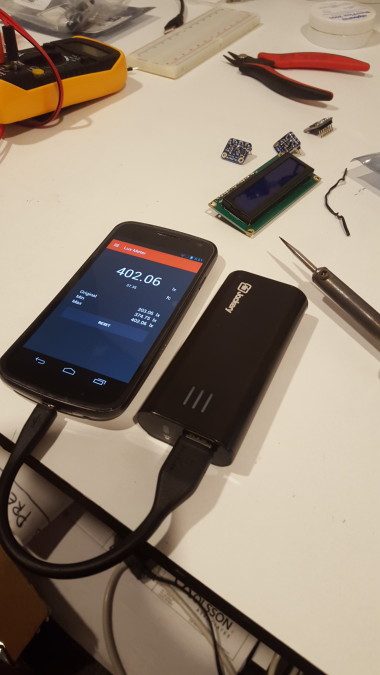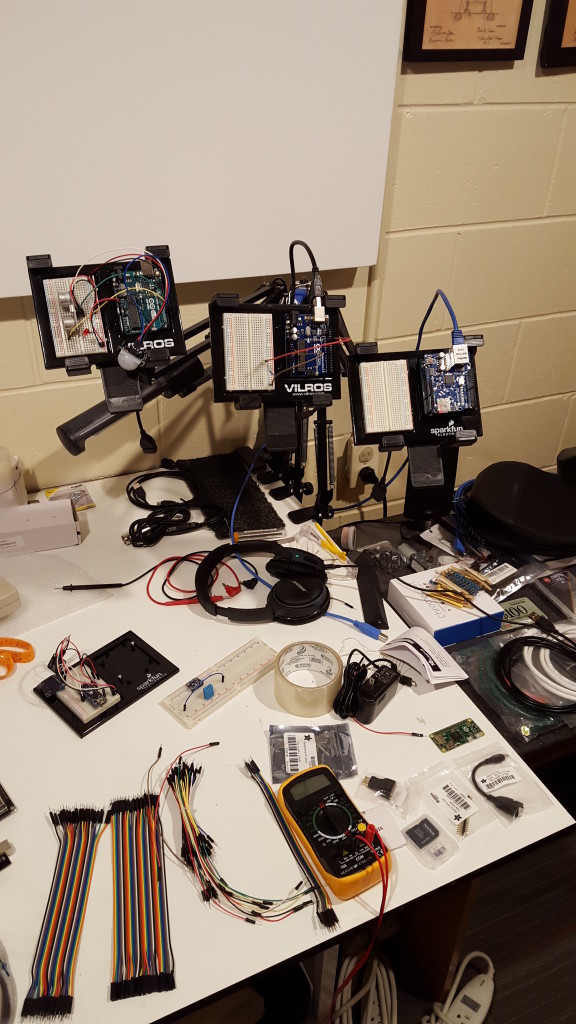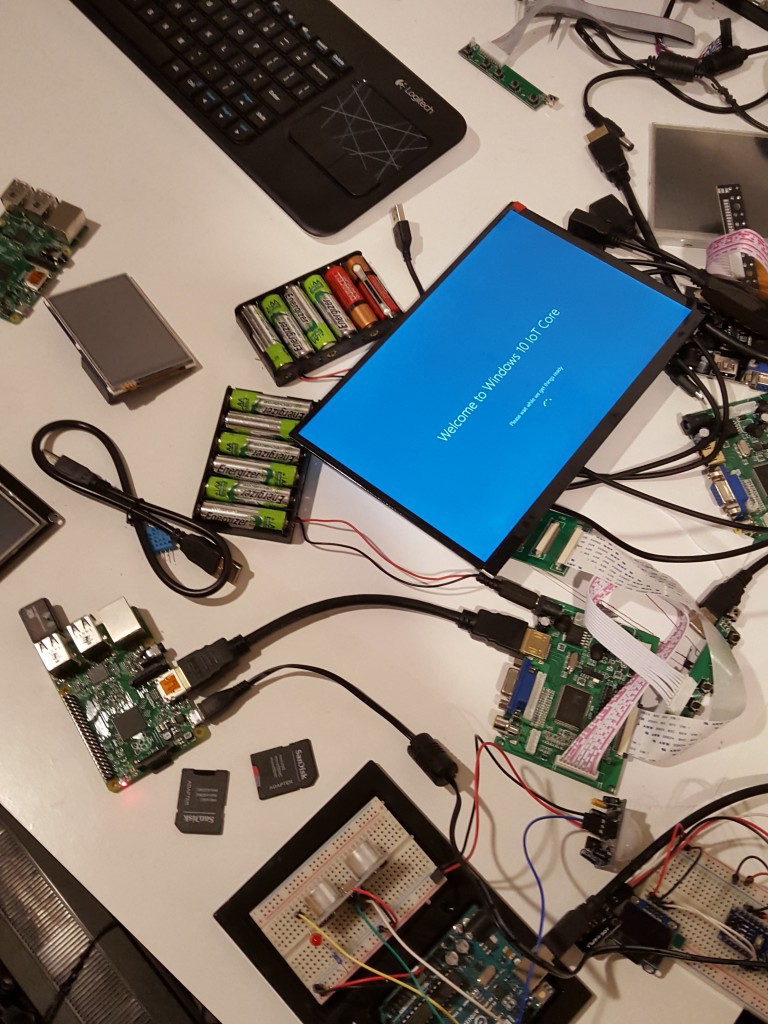Next Step – Accelerate
Michael and I just got back from a startup accelerator workshop put on by a company called Straight Shot. Their motto, “Let’s build companies.”
We were given two days to learn from one of the national startup mentors, Shane Reiser, as we were inserted into a 90 day workshop full of promising young startups. We set our focus and learned a lot of things we haven’t addressed. Sure we have the Data Streams backbone working, but we don’t have customers, a business plan or revenue stream to keep moving forward. All that is about to change!
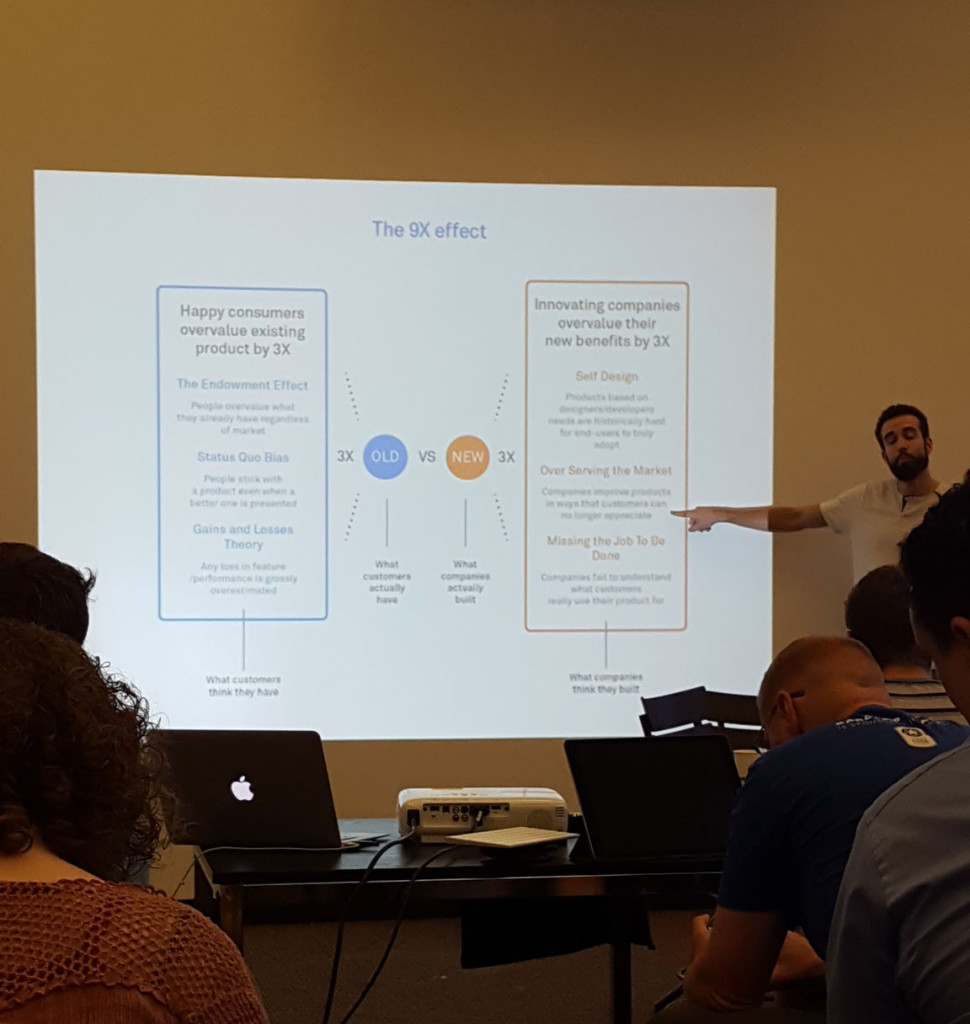
Shane Reiser reviewing the 9x effect.
- When you describe your business use the format “We help [customer] get [benefit] by [solution]”
- The 9x Effect (is your product or service at least 9 times better than competitor X?)
- Happy Customers overvalue existing product by 3x
- Innovating companies overvalue their new benefits by 3x
- #1 Reason Why Startups Fail – Bad Team
- Team first, then product
- Balanced team consists of 3 people
- PM + Tech + Design
- Customer Interviews
- Only interview the past
- Don’t introduce any bias
- Prove yourself wrong, don’t prove yourself right
- Don’t assume anything with regards to how people respond
- Debrief with team after interview/group of interviews
- Prototyping Tools (MVP)
- Make it as cheap/simple as possible
- Wizard of OZ
- Build, Measure, Learn
- Pirate Metrics
- Acquisition, Activation, Retention, Referrals, Revenue
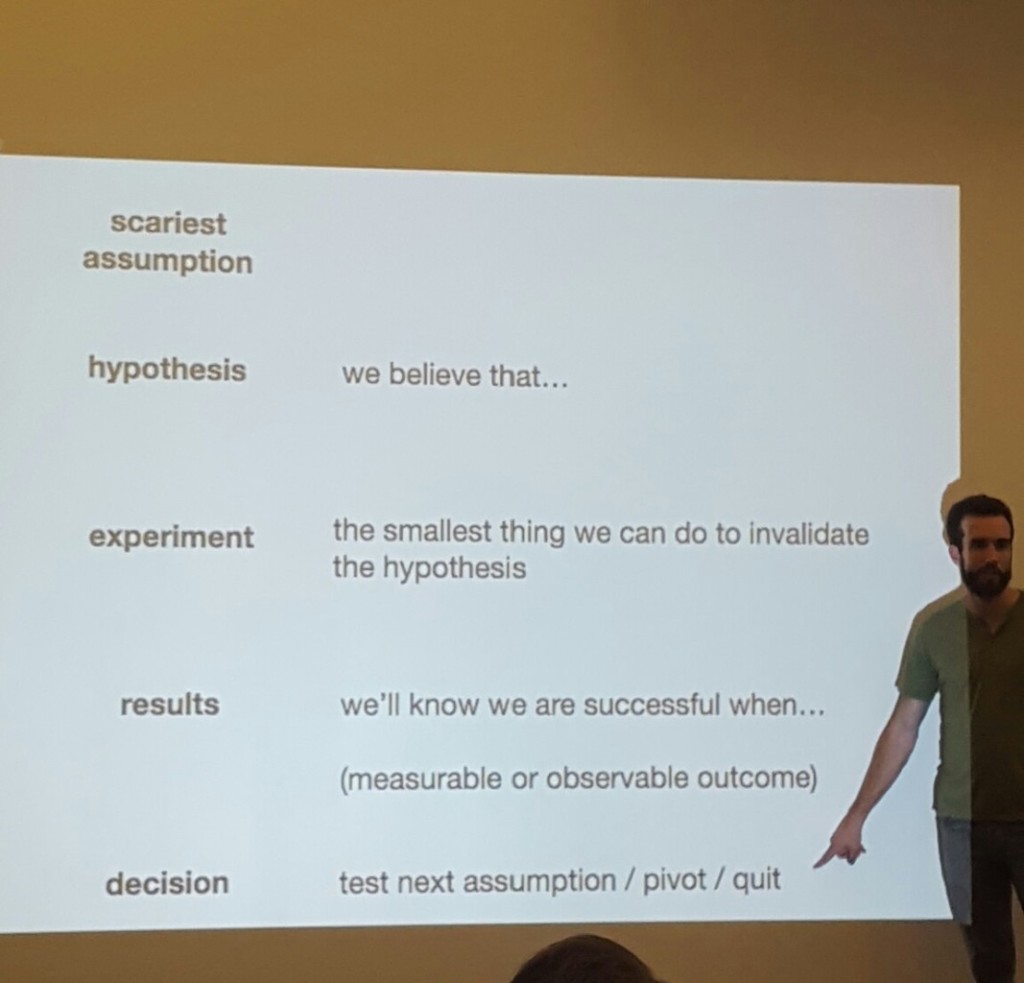
What’s your biggest fear about your company?
We have to re-evaluate everything we thought we knew and get down to simple metrics. What we thought we had down turns out to be just assumptions we’re making. Its time to go back, Build –> Measure –> Learn (repeat).
This has provided us with a new perspective on how to solve the problems we’re engaging with. Standby for more!

